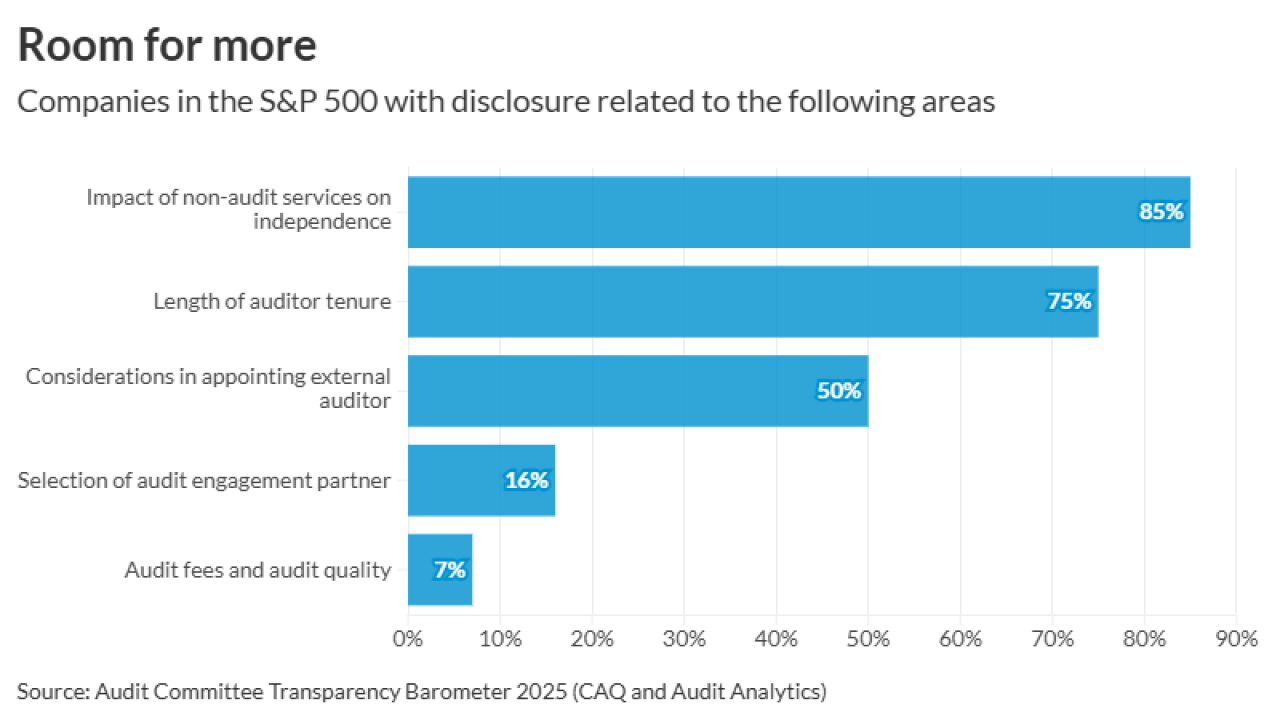The Internal Revenue Service's Criminal Investigation division needs to do a better job of keeping track of the billions of dollars in cryptocurrency and other digital assets it has seized as part of its investigations, according to a new report.
The
The report found IRS-CI didn't always follow the established guidelines when seizing and safeguarding digital assets. Internal guidelines require every seized digital asset to be captured in a memorandum to ensure tracking and accountability while under the IRS's control, but seizure memorandums weren't completed for all the seized digital assets. In addition, important information wasn't always included in completed seizure memorandums. For example, some memorandums didn't include the seizure amount prior to transfer, the public addresses of the subject wallets, or the date the memorandum was completed.
"Digital assets pose a risk of facilitating money laundering, cybercrime, ransomware, narcotics, human trafficking, terrorism, and tax crimes," said the report. "It is imperative that IRS-CI has adequate controls and processes to ensure that digital assets seized are safeguarded while in IRS custody and the underlying case is being adjudicated. In addition, accurate inventory and recordkeeping of seized digital assets ensures proper protection of such assets."
TIGTA spotted several deficiencies in the IRS's management and safeguarding of seized digital assets. For instance, IRS-CI didn't monitor a virtual wallet for subsequent criminal activity after IRS-CI identified the possibility of additional deposits being made in the wallet from dark web activity. In addition, IRS-CI's internal guidelines don't address time frames for completing the required seizure memorandum and updating IRS-CI's seized assets inventory tracking system.
TIGTA made six recommendations in the report to the chief of IRS Criminal Investigation to improve processes for the safeguarding and disposing of seized digital assets. IRS-CI agreed with the five recommendations and partially agreed with one recommendation. The recommendations that IRS-CI agreed with include ensuring that IRS-CI personnel are familiar with and adhere to seizure memorandum requirements; establishing an inventory system that can manage seized digital assets to include accurately tracking the quantity of digital assets and ensure the consistent treatment of all seized digital assets; and updating internal guidelines to include time frame requirements for preparing the seizure memorandum and updating records in its inventory tracking system.
IRS-CI partially agreed with TIGTA's recommendation to ensure steps are taken to preserve the form of digital assets seized. IRS-CI has told its people to return assets to their original form, as frequently and intelligently as possible, but said it will document any divergences from this mandate that it may encounter situations where it cannot return the assets to their original form. TIGTA said it believes that IRS-CI's corrective actions are acceptable for this recommendation.
"The IRS takes seriously our responsibility to ensure that all policies related to our administration of digital asset seizures demonstrate proper controls with only the highest levels of efficiency and security in mind," wrote IRS Criminal Investigation chief Guy Ficco in response to the report. "We are committed to adhering to all federal laws, regulations and IRS policies, procedures and guidelines that are applicable to our management of our criminal restitution procedures. The IRS has numerous controls in place to ensure responsible management of our digital asset seizure program."






